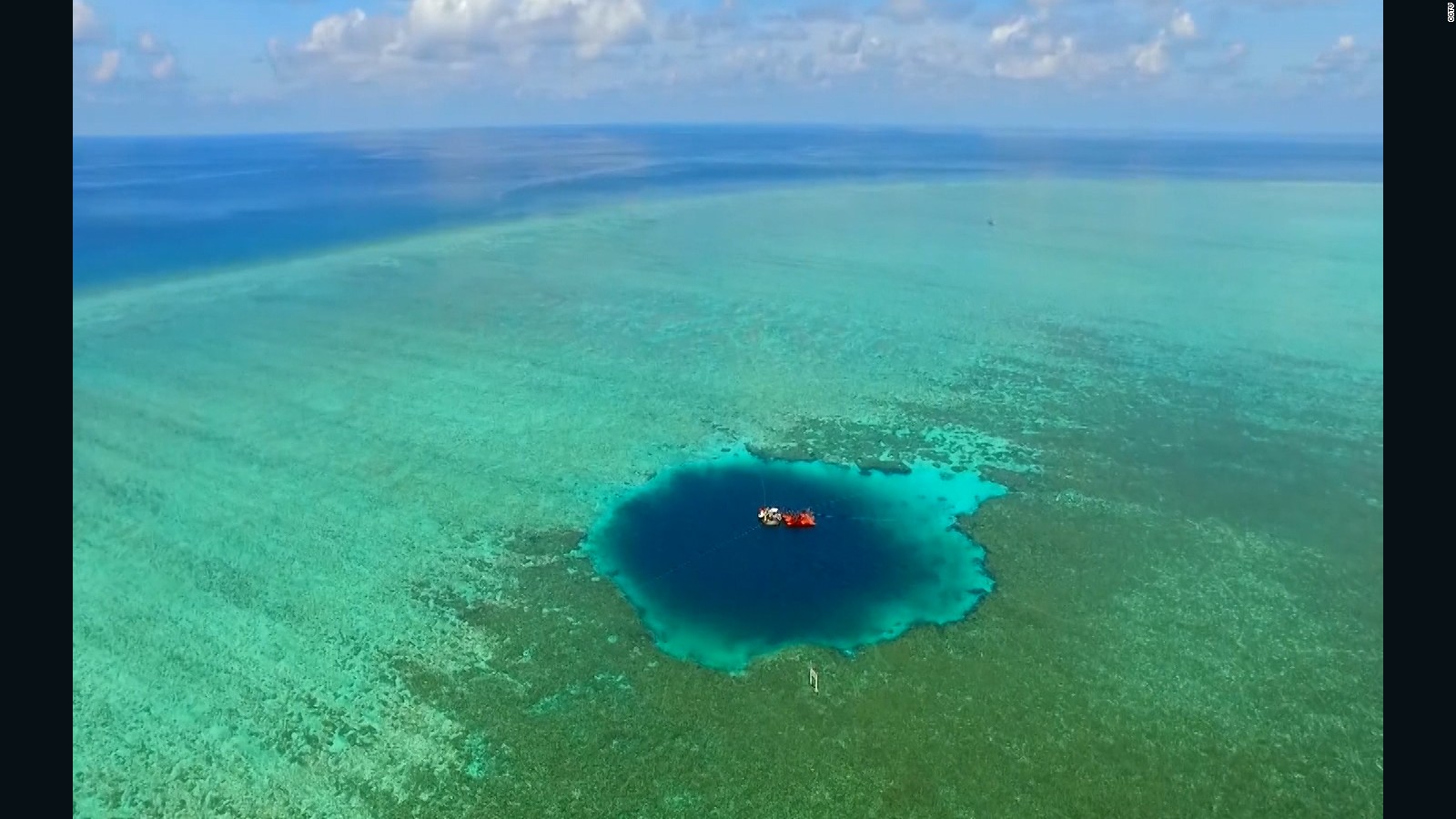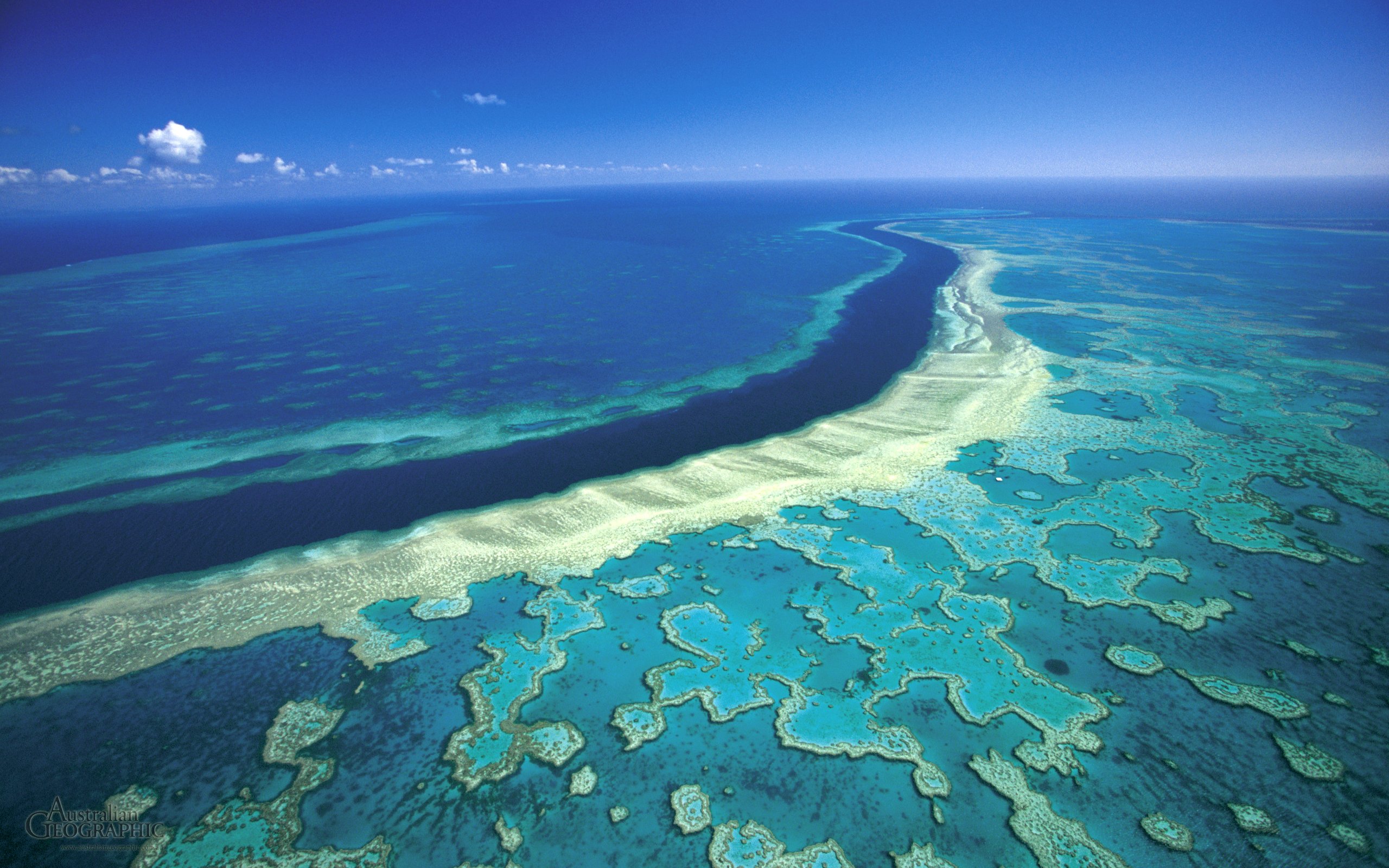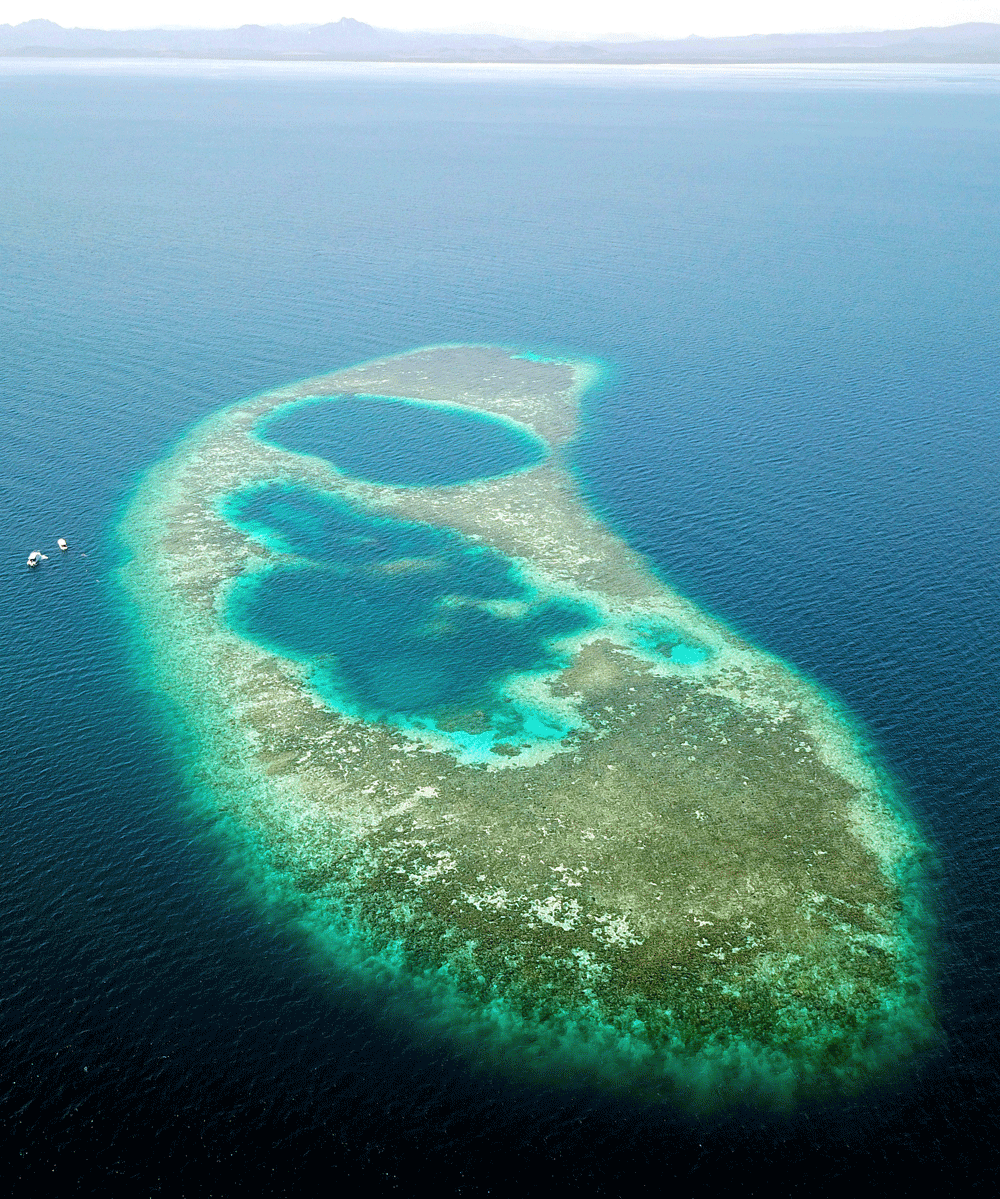Get ready Malaysia, looks like more tourists are inbound following the discovery of a blue hole, SEA Mashable reports.
Blue holes are huge sinkholes which have an opening to the surface. Typically found in islands or banks with limestone coral reefs, blue holes are a visual treat for adventurous divers.
To date, there are six famous blue holes scattered across the globe. There are;
Dragon Hole - CHINA

Great Blue Hole - BELIZE

Dean's Blue Hole - BAHAMAS

Great Barrier Reef - AUSTRALIA

Red Sea - DAHAB, EGYPT

Now Malaysia's Darvel Bay joins the prestigious list.

The blue hole was discovered by chance on February 14 when a group of divers along with researchers from Sabah Parks (TTS) were at the bay to collect data on marine creatures.
The group's remote sensing map had detected a "coral area" which turned out to be a blue hole.
“We explored both blue holes and could cover the site with just one tank of gas. The experience was amazing. When we came out of the blue hole from the left to the right, we were like moving over a mountain range in the sea,” TTS senior research officer Nasrulhakim Maidin says.
He adds that this particular blue hole is unique in comparison to the rest due to its two 15 metres deep structures that are connected to one another.
"If this sunken coral structure (like a cave in water) is promoted as a diving site, it could become a major tourist attraction such as The Great Blue Hole of Belize (Central America), Blue Hole Dean (Bahamas) and the Dragon Blue Hole (China),” Nasrulhakim adds.
The blue hole is close by yet another tourist hot spot, the Sipadan Island in Semporna, Sabah.
But Nasrulhakim adds that before tourists are allowed in, the 100,000 hectare blue hole along with its 50 islands should be gazetted as a marine preservation area first.
“The gazette is an initial move to preserve marine life in the area. (And) we discovered that The Blue Hole has lots of corals,” Nasrulhakim explains.
Pack your bags, divers. You know where to go to next!
Source : Front Desk | SEA Mashable


















